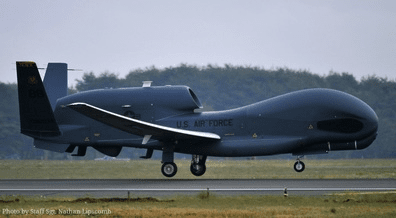Chassis designs for UAV (Unmanned Aerial Vehicle) programs have unique characteristics and considerations compared to other applications. Here are some aspects that make chassis designs unique for UAV programs:
Lightweight and Compact
UAVs require lightweight and compact chassis designs to maximize payload capacity and flight efficiency. The chassis must be structurally strong and rigid while minimizing weight to ensure optimal performance.
Integration of Avionics and Payloads
UAV chassis designs must accommodate the integration of avionics systems, such as flight control units, sensors, cameras, communication equipment, and other payloads. The chassis should provide appropriate mounting points, secure attachment mechanisms, and internal routing for wiring and cabling.
Vibration and Shock Resistance
UAVs experience various vibrations and shocks during flight, especially in demanding environments. Chassis designs need to incorporate vibration and shock absorption mechanisms to protect sensitive components and ensure reliable operation.
Temperature and Environmental Considerations
UAVs operate in diverse environmental conditions, including extreme temperatures, humidity, and exposure to dust, water, and other elements. Chassis designs should incorporate thermal management solutions, sealing techniques, and protection against environmental factors to maintain the performance and reliability of internal components.
Modularity and Scalability
UAV chassis designs often embrace modularity and scalability to accommodate different mission requirements and future upgrades. The chassis should allow for easy reconfiguration and integration of different payloads or sensor systems without requiring significant modifications.
Material Selection
Material selection is crucial for UAV chassis designs. Lightweight and durable materials such as carbon fiber composites, aluminum alloys, or advanced polymers are commonly used to achieve the desired strength-to-weight ratio and overall structural integrity.
Power Distribution
Additionally, efficient power distribution systems should be integrated within the chassis to ensure reliable and stable power supply to all onboard components.
Maintainability and Serviceability
UAV chassis designs should facilitate easy access to internal components for maintenance, repair, and replacement. Quick-release mechanisms, removable panels, and accessible connectors are essential features to minimize downtime and simplify field servicing.
Compliance with Regulations
Chassis designs for UAVs must adhere to applicable regulations and standards set by aviation authorities or specific mission requirements. Compliance with size, weight, and performance limitations is crucial to ensure airworthiness of the UAV.
These unique considerations make UAV chassis designs a specialized area within the broader field of chassis design, focusing on meeting the specific needs of unmanned aerial systems for optimal performance, reliability, and mission success.
Custom solutions and engineering for UAVs from Atrenne
Atrenne is an industry leader in designing and delivering rugged embedded computing enclosures deployed on Unmanned Aerial Vehicles (UAVs).
For more than 50 years, we have been focused on providing innovatively designed and customized chassis systems for defense electronics. Many of our biggest challenges now come from UAV programs, with requirements ranging from strict restrictions on SWaP to extremely rigorous environmental and performance specifications.
Learn about three successful UAV programs that demonstrate Atrenne’s experience and expertise in meeting a wide range of real-world challenges. We are proud to deliver creatively designed, fully tested, and extremely reliable electromechanical solutions on schedule and with world-class quality
